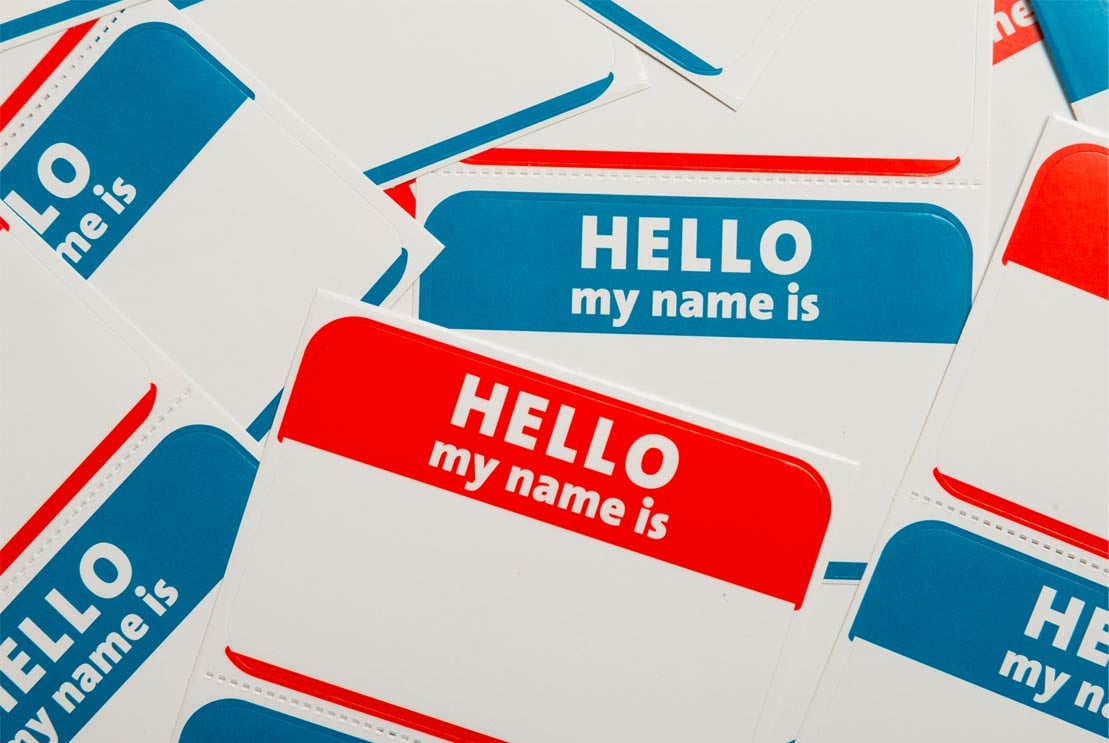Use the celebration of Norwegian name days as a cultural activity! First, a little background:
 Each day of the Norwegian calendar year has a name or multiple names assigned to it. This tradition was created by the early Christian church and continued in the Catholic tradition of honoring saints. In Scandinavia, the creation of an almanac occurred in Sweden in 1757, and official name days were assigned.
Each day of the Norwegian calendar year has a name or multiple names assigned to it. This tradition was created by the early Christian church and continued in the Catholic tradition of honoring saints. In Scandinavia, the creation of an almanac occurred in Sweden in 1757, and official name days were assigned.
After this point, name days became commonplace in Sweden and Finland. Finland started expanding its lists to include the names of the bulk of its citizens, rather than just the names of Catholic saints and martyrs. The tradition of name days also sprang up in Denmark, and their list of names was adopted in whole by Norway.
After the Reformation in 1536, the tradition of name days continued as a folk tradition. Norway produced its own almanac in 1814 with the same Danish names that had been used since the mid-1600s. In 1912, most of these names were removed, because the Catholic traditions behind them had all but died out. Only the names associated with the most important Catholic feasts were left intact, such as Olsok (Feast of St. Olaf, July 29th), Larsok (Feast of St. Lawrence, August 10th) and Barsok (Feast of St. Bartholomew, August 24th).
Throughout the 1900s, name days had little significance in Norway, while their celebration became increasingly popular in Sweden. In the 1980s, Norwegian radio stations started using the Swedish name day calendar. In 1988, the University of Oslo helped launch Almanakkforlaget (The Almanac Publisher), along with a new calendar of name days based on the Swedish model.
Two names were chosen for each day of the year, with exceptions being January 1st—the day that Jesus was said to have been named—along with February 29th and December 25th. The names are based on the statistics of given names in Norway between 1900 and 1982. The list was again updated in 1998, when 49 new names were added based on the name statistics from 1988 to 1995.
The current list contains a total of 769 names: 386 female and 383 male names. Some names were assigned to dates relating to historical persons of the same name. For example, Snorre is September 23rd, based on the date that Snorri Sturluson died. The names Håkon and Maud were given a common name day (June 22nd), based on the coronation date of King Haakon VII and Queen Maud in 1906. Interestingly, Adam and Eva are given the same name day of December 24th while Maria and Josef each have their own days in March.
These days, Norwegian newspapers and calendars publish the names of the day and radio and t.v. programs may interview a person with that name, but their celebration in Norway has not reached the same popularity of birthdays, as is the case in Sweden and Finland.
Incorporating name days into lodge programming:
- Using the above article, present at your lodge meeting on the topic of name days.
- Highlight famous figures, past and present, who have a name day during that particular month.
- Have members look up their Norwegian name day or find the closest name on the Norwegian name day lists using the links below.
- Members can try on a Norwegian name and go by “Sigvald” or “Gunnlaug” for a meeting, or create a unique double name such as “Hanne Guri” or “Odd Magne.”
Norwegian name day resources:
http://no.wikipedia.org/wiki/Liste_over_norske_navnedager_sortert_etter_navn
http://no.wikipedia.org/wiki/Liste_over_norske_navnedager
http://www.aktivioslo.no/navnedager/
